TPO - In the coming weeks, NASA will launch a highly anticipated new mission to Europa, Jupiter's fourth largest moon. The Europa Clipper spacecraft will conduct detailed studies of the moon, searching for potential locations where Europa could harbor alien life. The launch was scheduled for October 10, but has been temporarily postponed due to the approaching Hurricane Milton.
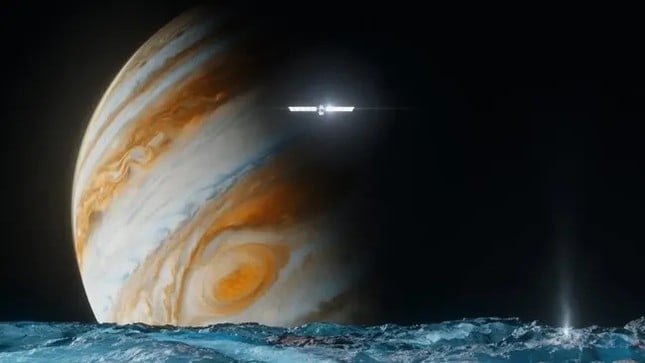 |
An illustration of a spacecraft above the icy surface of Europa. (Image: NASA/JPL-Caltech) |
Europa Clipper is the largest planetary exploration spacecraft NASA has ever built: as wide as a basketball court when its solar sail is extended. It weighs about 6,000 kilograms, about the same weight as a large African elephant.
Searching for life beyond Earth
The search for life beyond Earth has often focused on our neighbor Mars, a planet that is technically in the Solar System's "habitable zone." But Mars isn't an attractive place to live, due to its lack of atmosphere and high levels of radiation. It's close to Earth, however, making it relatively easy to send missions to explore it.
But there are other places in the Solar System that could support life—some of the moons of Jupiter and Saturn because Jupiter and Saturn, the gas giants, have enormous gravitational pulls on their satellites.
Saturn's moons, Titan and Enceladus, are stretched and compressed by gravity as they orbit their host planet. This movement creates vast underground oceans of solid ice, with plumes of water vapor erupting 6,000 miles (9,600 km) above the surface.
Although we know a lot about Europa after more than four centuries of observations, we still don’t have confirmation that it has a liquid ocean under its ice like Titan and Enceladus. But all the clues point to it.
Europa has a smooth surface despite being hit by many meteorites, suggesting that its surface is young and has been recently replaced. It also has a magnetic field, suggesting that like Earth, Europa has a liquid interior (on Earth, this liquid is molten rock).
What will Europa Clipper do?
On the surface, Europa is bombarded by high levels of space radiation, concentrated by Jupiter. But deeper below, a thick layer of ice could protect life in a liquid ocean below the surface.
This means we’ll have a hard time finding concrete evidence of life without drilling down. But where to look? By flying past the icy moon, Europa Clipper will search for areas where life might live beneath the icy crust.
To achieve this, Europa Clipper has nine scientific instruments. These include a wide-angle camera to study geological activity and a thermal imaging system to measure surface texture and detect warmer areas on the surface.
There will also be a spectrometer to look at the chemical composition of Europa’s gases and surface, and to look for any water plumes from the surface. The mission also has instruments to map the moon’s surface. Other instruments will measure the depth and salinity of the moon’s ocean and the thickness of its ice crust, as well as how Europa bends in Jupiter’s strong gravity…
Europa Clipper will take more than five years to reach Jupiter. And the mission is only equipped to look for the potential for life, not life itself. If we find evidence that might indicate life, we will need future missions to return and explore Europa in depth. This is an exciting opportunity for humanity to get one step closer to finding life beyond our planet.
According to Live Science
Source: https://tienphong.vn/tai-sao-nasa-lai-gui-europa-clipper-tim-kiem-nguoi-ngoai-hanh-tinh-gan-sao-moc-post1680799.tpo



![[Photo] Ho Chi Minh City speeds up sidewalk repair work before April 30 holiday](https://vstatic.vietnam.vn/vietnam/resource/IMAGE/2025/4/3/17f78833a36f4ba5a9bae215703da710)
![[Photo] Prime Minister Pham Minh Chinh chairs the first meeting of the Steering Committee on Regional and International Financial Centers](https://vstatic.vietnam.vn/vietnam/resource/IMAGE/2025/4/3/47dc687989d4479d95a1dce4466edd32)
![[Photo] A brief moment of rest for the rescue force of the Vietnam People's Army](https://vstatic.vietnam.vn/vietnam/resource/IMAGE/2025/4/3/a2c91fa05dc04293a4b64cfd27ed4dbe)
![[Photo] Prime Minister Pham Minh Chinh chairs meeting after US announces reciprocal tariffs](https://vstatic.vietnam.vn/vietnam/resource/IMAGE/2025/4/3/ee90a2786c0a45d7868de039cef4a712)
![[Photo] General Secretary To Lam receives Japanese Ambassador to Vietnam Ito Naoki](https://vstatic.vietnam.vn/vietnam/resource/IMAGE/2025/4/3/3a5d233bc09d4928ac9bfed97674be98)


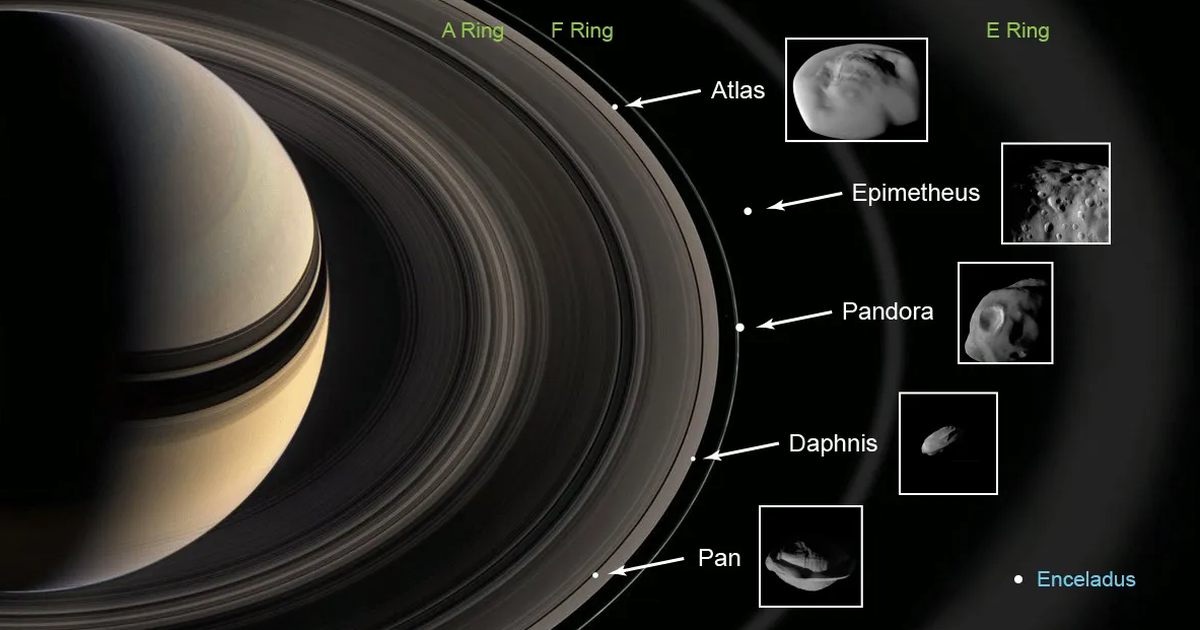

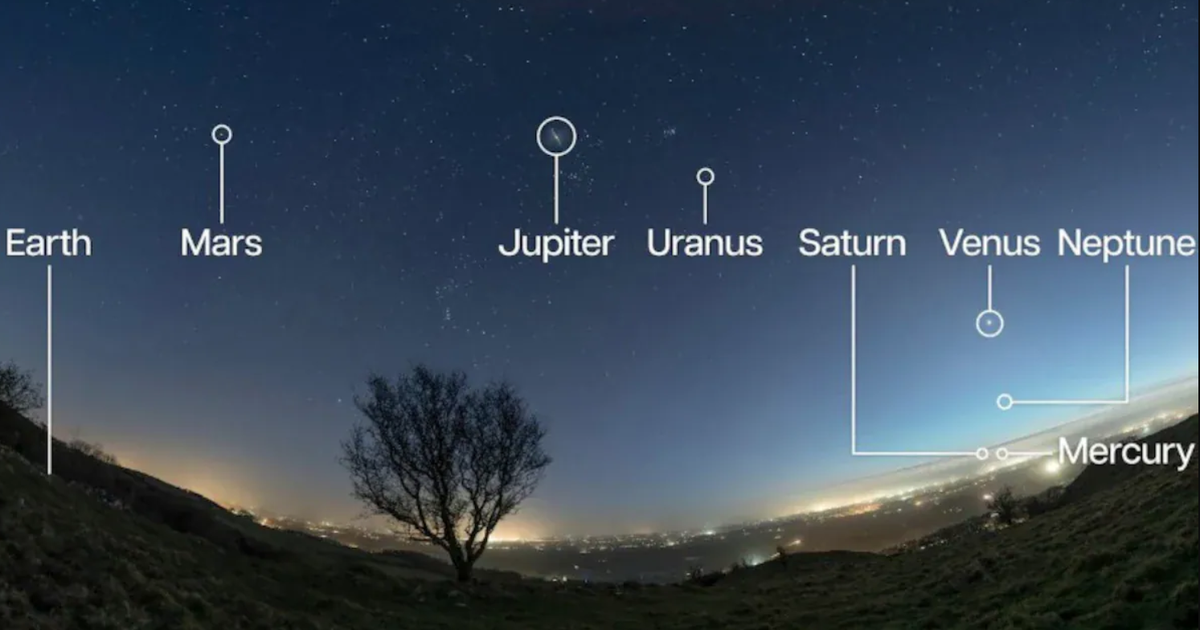
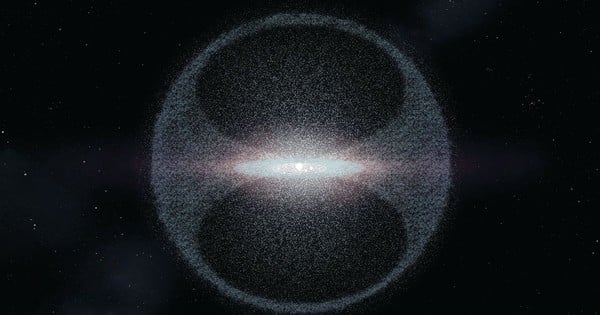
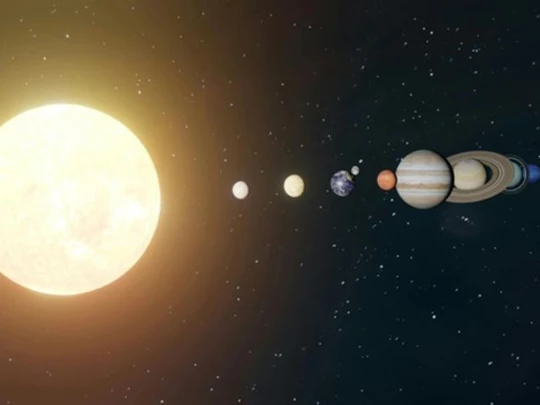

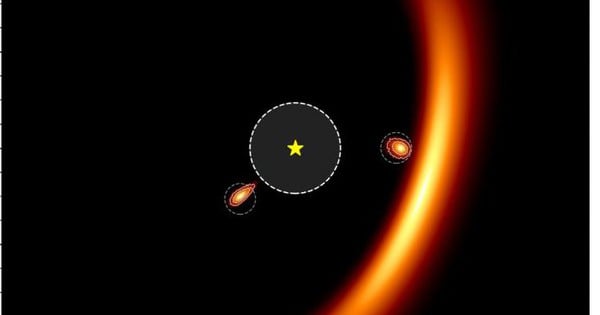
![[Video] Eliminate the "can't do it, ban it" mindset in science](https://vstatic.vietnam.vn/vietnam/resource/IMAGE/2025/4/3/1122c1ea9e244ddab1331a0597c60638)



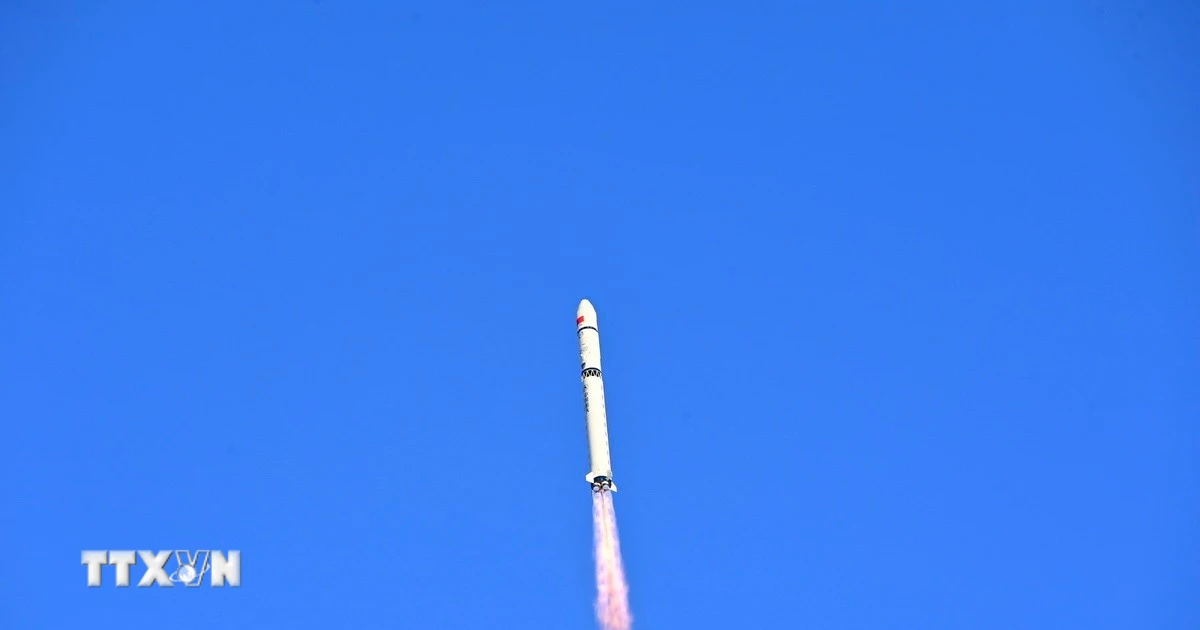






































































Comment (0)